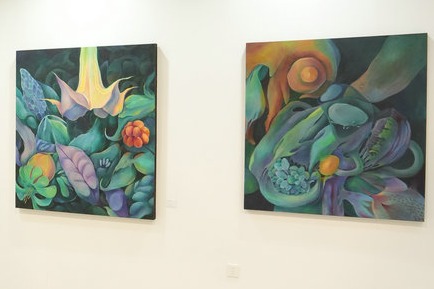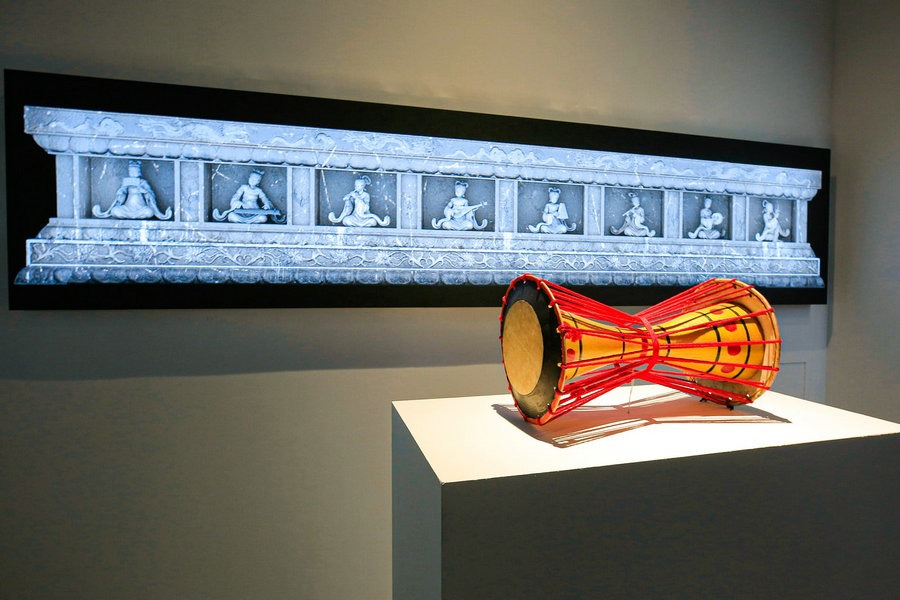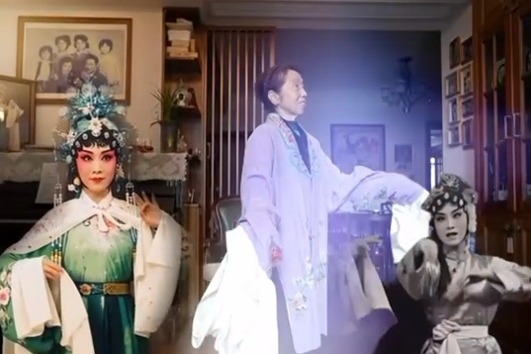Preserving the sound of silk strings
Generations of performers dedicate themselves to keeping intricate folk art form alive, Chen Nan reports.


Reaching out
Zhang's training with Shen was no easy task.
"She told me that if I wanted to sing well, I first had to master the Changde dialect. As an outsider, it was a challenge. For five years, I practiced speaking and singing until the locals couldn't tell I wasn't from Changde," Zhang says, laughing.
"It was exhausting but worth every second."
After graduating, Zhang became a schoolteacher in Changde. But her heart belonged to Changde sixian. In 2015, she resumed her studies with Shen at the Wuling District Cultural Center and began teaching the art form to others.
Along with her colleagues, she brought the art form into schools, senior centers, and even tailored it to accompany square dancing — a popular musical pastime for seniors, often enjoyed in parks and public squares.
Her commitment has taken her far beyond Changde. She has performed at prestigious national galas and even abroad.
In 2024, she toured South Korea, where audiences, unfamiliar with the Changde dialect, were nonetheless captivated by the enchanting melodies.
"When I began singing, I saw cameras come out, phones flashing," Zhang recalls, her eyes sparkling.





































